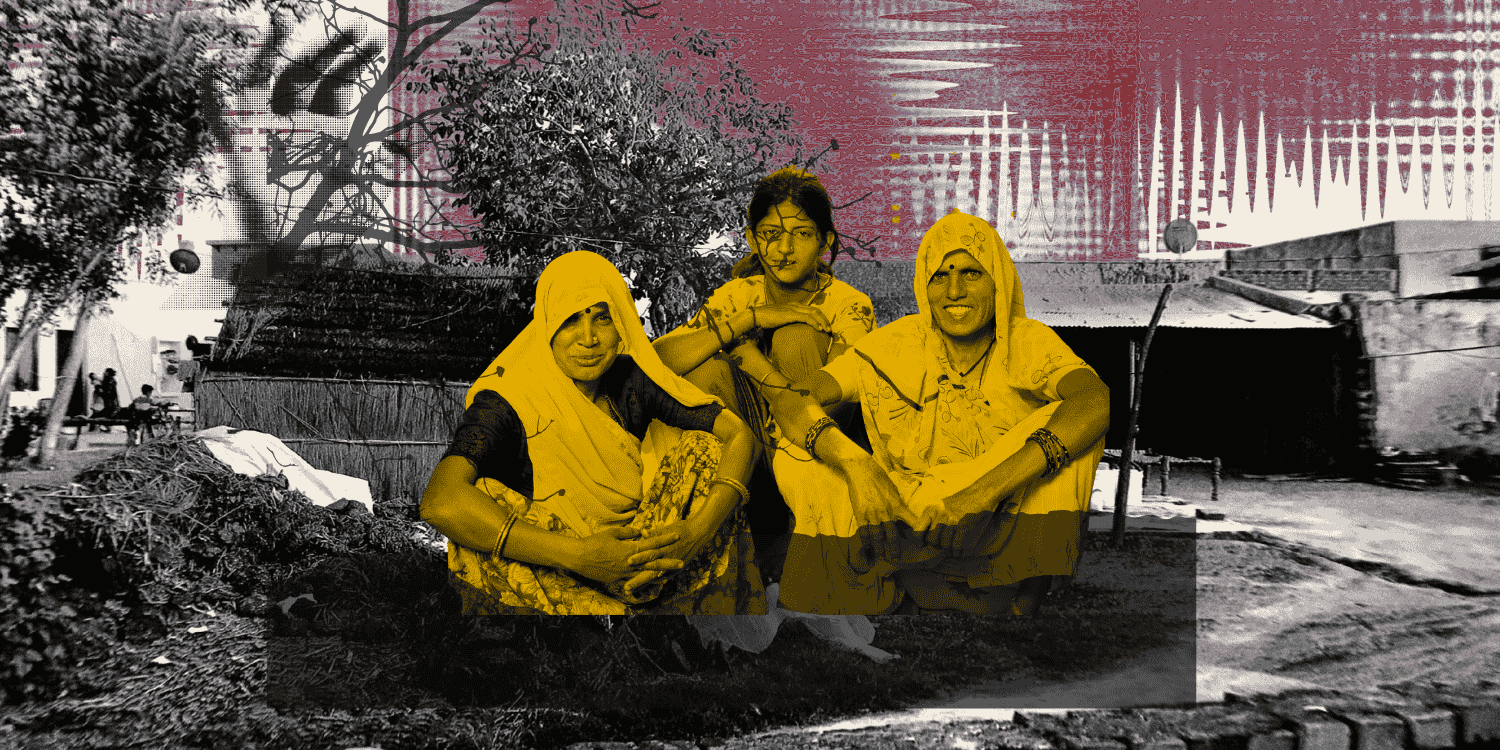Abstract
This article delves into the intricate web of climate-induced migration in the Indian state of Kerala, offering insights into the causes, impacts, and policy responses surrounding the issue. The potential effects of rising temperatures, erratic precipitation patterns, rising sea levels, and more frequent extreme weather events result in population displacement and internal migration. Kerala’s vulnerability to these climate-related disasters, such as floods and coastal erosion, has disproportionately affected impoverished and vulnerable communities, triggering internal migration within the state.
The article discusses the need for a dedicated policy framework that explicitly recognizes climate-induced migration, underlines the significance of data collection and research to understand migration dynamics, emphasises the identification and support of vulnerable groups within migrant populations, and calls for strengthening disaster preparedness and climate resilience measures. It advocates for the involvement of affected communities in resettlement initiatives and underscores the importance of proactive national and local policies to plan for the managed retreat of coastal populations at risk from rising sea levels. Kerala’s experience with climate-induced migration serves as a valuable case study for other regions grappling with similar challenges in an ever-changing global climate landscape.
Introduction
The undeniable impact of anthropogenic activities on unprecedented climate change, leading to higher temperatures, erratic precipitation patterns, rising sea levels, and more frequent extreme weather events is now globally acknowledged. (McLeman & Smit, 2006). This has spurred discussions on displacement and migration caused by climate-related factors. While there is no universally accepted definition of climate-induced migration, it generally refers to people moving due to sudden or progressive changes in climate (Rajan et al., 2022).






